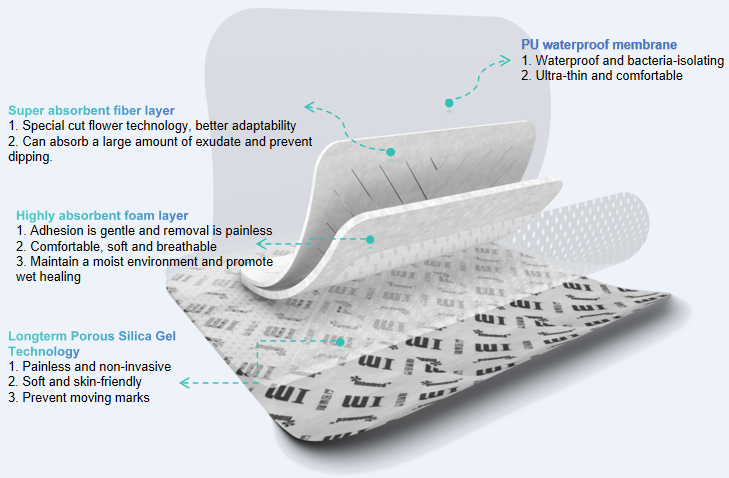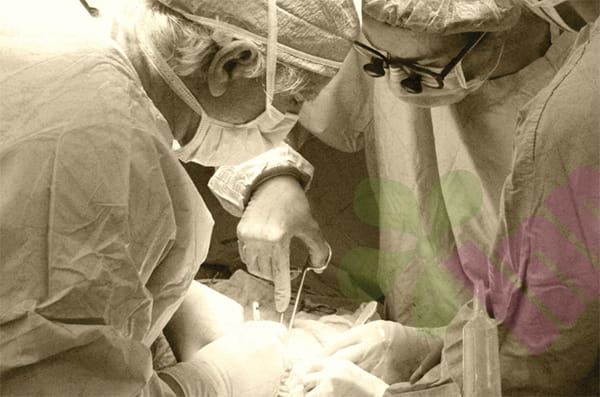I have posted a similar article before. The weather has been very hot recently, and there are many exposed areas of the skin, which makes it easy to get bumps and bruises in daily life. Therefore, the editor will write another article on the care operations of moist healing. This popular science article is only for reference for home care of wounds that damage the epidermis and part of the dermis, such as abrasions, falls, etc. For deeper wounds or serious infections, it is recommended to seek medical treatment.
Taking the wound in the picture as an example, here are the detailed steps:

Cleaning: Use saline solution to rinse the wound. It is recommended to use small bottles, which can reduce the waste of large bottles after opening. The opening of the small bottle is smaller, so you can squeeze the bottle to keep the liquid at a certain low pressure to rinse foreign matter and bacteria on the wound until there is no foreign matter visible to the naked eye. If there is no saline solution, tap water can be used instead. You can rinse it with tap water first to rinse away foreign matter visible to the naked eye, and then rinse it with a small amount of saline solution.
Drying: After rinsing, the wound needs to be dried naturally, or you can use a clean face towel to gently press and absorb the moisture.
Disinfection: Use a disposable iodine cotton swab to disinfect the wound in circles around the center three times, narrowing the disinfection area a little each time and changing the cotton swab each time.
Dressing selection:
(No one dressing is suitable for all wounds)
The choice of dressing should be based on the amount of wound exudate, the size of the wound, and the healing stage of the wound.
Taking superficial wounds as an example, hydrocolloid (less exudate) and frameless silicone gel foam dressings (more exudate) are generally suitable in the early stage.
Hydrocolloid dressing: It can provide a slightly acidic and closed environment for the wound that is conducive to wound healing, fit the wound surface, and prevent the invasion of foreign microorganisms.
Frameless silicone gel foam dressing: The silicone component on its surface can keep the wound moist, without residue or adhesion to the wound, prevent the external dressing from adhering to the wound, protect the granulation tissue and epithelium, achieve painless dressing changes, absorb moderate amounts of exudate, and reduce wound pain.
In the later stage of wound healing, you can use silicone gel scar dressing, which can reduce the formation of scars and is very effective. You can take it off and wash it every week, and then put it back on for use.

Dressing change :
Clean every other day. In summer, if you spend a long time outdoors, you can change to daily cleaning. Refer to the above cleaning steps. After cleaning, change the dressing again. Observe the wound during the dressing change to avoid the formation of thick scabs. Once thick scabs are formed, persistent erythema may appear, and the wound may heal under the scab, leaving a sunken scar. Observe the wound and the surrounding area. If the wound base and the surrounding area are red and swollen with pain, or there is abnormal secretion, it may be necessary to consider the wound infection. It is recommended to go to the hospital for treatment as soon as possible.
For more information on Innomed®Silicone Scar Dressing, refer to the Previous Articles. If you have customized needs, you are welcome to contact us; You Wholeheartedly. At longterm medical, we transform this data by Innovating and Developing Products that Make Life easier for those who need loving care.
Editor: kiki Jia

 English
English عربى
عربى Español
Español русский
русский 中文简体
中文简体








